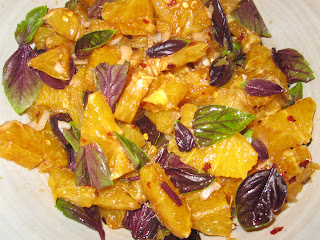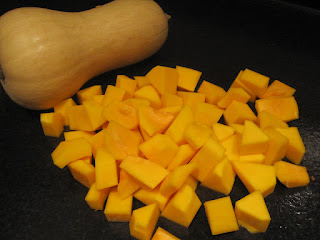We had a fabulous event to raise money for The Coalition for
the Homeless last week. It is my husband’s
brain child and involves great local music and delicious local soups. The soups all sold out in record time, but we
were left with lots of condiments including bags of shredded cheese and oyster
crackers. I have to say that oyster
crackers are not something I usually buy or think about, but here was my excuse
to give them a try. Since we were headed
to a week hanging out with family, I first tried making them into a snack. The Ranch Crackers were easy to make and even
easier to toss out as a snack while opening presents and hanging out with
family.
Ranch Oyster Crackers
¾ c. vegetable oil
1 pkg. Ranch dressing mix
¼ tsp. lemon pepper
½ tsp. dill weed
¼ tsp. garlic powder
12-16 oz. oyster crackers
Mix oil and other spices.
Toss in crackers to fully coat.
Place in oven for 15-20 minutes at 250 degrees. They stay well for over a week in an
air-tight container.
I also decided I'd like to try some other seasoning mixes. First, I tried adding 2-3 T. sweet curry powder to the oil. Then, I tried 3 T. Penzy's Country French Vinaigrette and 1/2 tsp. garlic powder with the oil for a third round. The curry was not so good, but the Vinaigrette was great.
I also decided I'd like to try some other seasoning mixes. First, I tried adding 2-3 T. sweet curry powder to the oil. Then, I tried 3 T. Penzy's Country French Vinaigrette and 1/2 tsp. garlic powder with the oil for a third round. The curry was not so good, but the Vinaigrette was great.
But, oyster crackers are also a great excuse to make a
hearty soup and our snow covered neighborhood set just the right mood. So, I went all out and got oysters at our
local seafood market and made oyster stew.
This recipe is adapted from one Mark Williams shared at a cooking class
he does at Yew Dell
Gardens
Heritage Oyster Stew
5 T. butter
1 pint oysters with their liquor, jarred or freshly shucked,
about 2 dozen
1/4 cup flour
1 medium yellow or white onion, minced
1 1/2 cup milk
1/2 cup cream
Splash of hot sauce
Salt
Freshly ground black pepper
1/2 cup parsley, minced
Strain the oyster juice through a fine-meshed sieve into a
bowl to remove any grit, reserving the juices. Rinse the oysters well. Melt the butter in a pot over medium heat.
Add the flour and stir to make a roux. Reduce
the heat to medium-low and cook the mixture for a few minutes, stirring often.
When the roux darkens, stir in the onions. Increase the heat to medium and cook
for 2-3 minutes, stirring frequently.
Add the oyster juice and any juices the oysters have
released. The flour in the roux will absorb the liquid and turn into a paste.
Slowly add the milk and cream, stirring to incorporate as you pour them in. Add
a healthy splash or two of hot sauce, to taste. Heat the soup to steamy, but
below a simmer, over low heat for 15 minutes; do not boil.
Add the oysters and cook for another 2 minutes, or until the
edges of the oysters just begin to curl. Add salt and freshly ground black pepper to
taste. Garnish with fresh chopped parsley and oyster crackers!














































